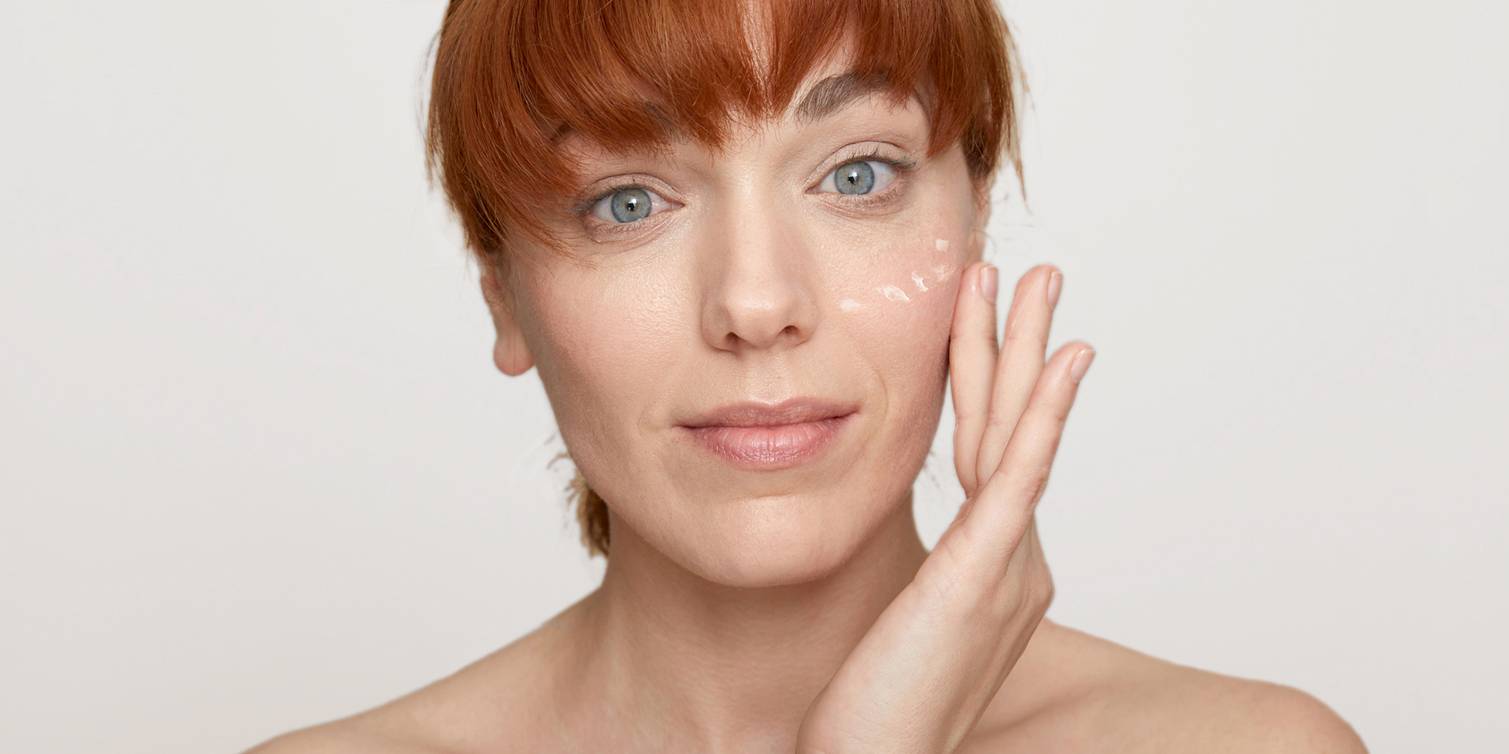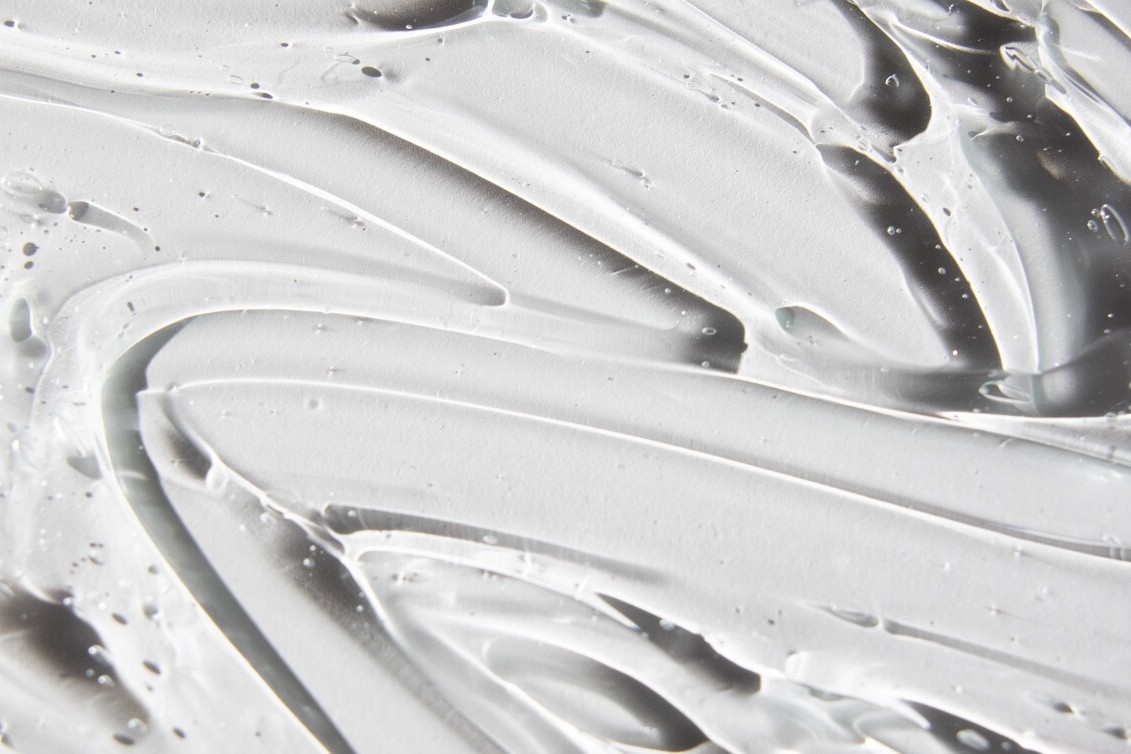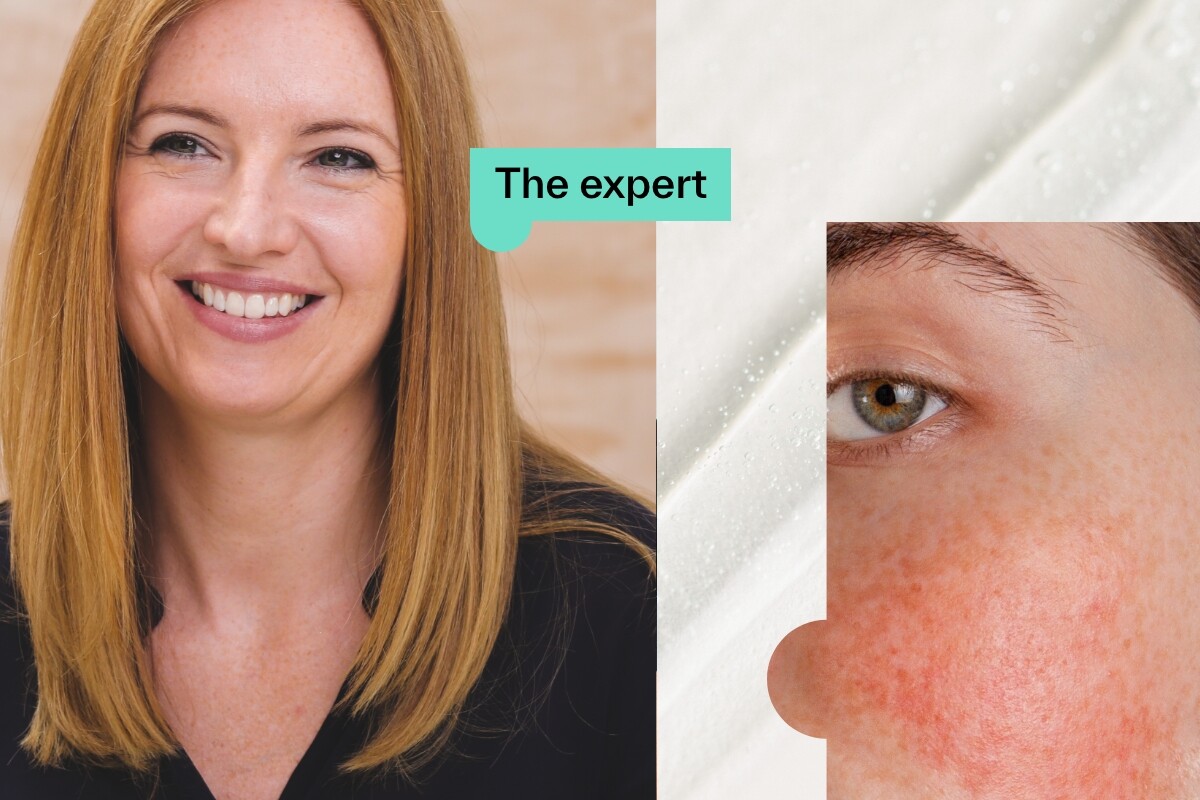You’ve probably heard of tretinoin, the most powerful of all the retinoids. It’s so potent that it’s only available on prescription, and it’s used to treat a variety of skin concerns, from acne and melasma to fine lines and wrinkles. Despite tret’s popularity, many people aren’t sure on the essential do’s and don’ts of how and where to apply it. If that’s you, you’re not alone. We’re here to help.
It’s really important to use it correctly to reduce early temporary side effects and make the most of its benefits. So, here’s what you need to know.
Applying Tretinoin: The Essentials
First things first, it’s important to make sure you’re introducing tretinoin to your routine correctly.
Keep it simple
When starting any retinoid, it’s important to stick to a simple routine until your skin has adjusted to it, and you’re sure aren’t noticing any sensitivity. That means cutting out potentially irritating ingredients like salicylic and glycolic acids, as well as scrubs, peels, toners and serums — don’t worry, you can reintroduce these products gradually with a dermatology expert’s approval!
Apply with care
It’s important to only use tretinoin in the evening, after washing your skin with a gentle cleanser and drying it thoroughly. To use it, apply a thin layer to your face, avoiding your eyes and mouth (more on that later). Once it has fully absorbed into your skin, you can follow up with a layer of moisturiser.
Never skip SPF
Retinoids can increase our sensitivity to sunlight, so it’s very important to wear sunscreen in the morning. Not only that, sun exposure can undo some of the skin benefits your treatment provides! We recommend at least SPF 30+, topped up every few hours.
Where You Can (and Can’t) Apply Tretinoin
Eyes
How close can you apply tretinoin to your eyes? That’s a popular question, particularly if you’re using it to reduce fine lines and wrinkles. The good news is that you can use tretinoin around your eyes, as long as you’re careful. Avoid your upper eyelid entirely, and don’t get too close to the lower lash line when you’re rubbing it in — our dermatology team recommends leaving a gap of at least 5 mm between your treatment and your lower eyelid.
Cheeks
Tretinoin is completely safe to apply to your cheeks! It’s commonly used in this area to smooth skin texture, plump areas of sun damage and reduce the appearance of hyperpigmentation or melasma. If you use it consistently, it can increase cell turnover and exfoliate dead skin, resulting in an even, glowing complexion in 8–12 weeks.
Nose
To reduce the risk of irritation, we usually recommend that you avoid applying tretinoin treatments to your nose. There’s generally no need to use it here, and it may lead to additional purging. The only exception to this would be if you have specific hyperpigmentation or acne concerns around your nose, and have been advised by a dermatology expert to gradually introduce it to this area.
Lips
Another no-go! The skin on your lips is extremely delicate, so applying topical retinoids to it is likely to result in irritation (plus, you don’t want to end up with treatment in your mouth!) The skin concerns that tretinoin treats rarely affect the lips directly, and its collagen-boosting abilities won’t create the illusion of filler in the same way that specialised plumping products do. If you’re using tret on melasma around the top lip, proceed with caution — buffer your lips with an occlusive balm like petroleum jelly first, and wash the area with a mild cleanser if there’s any transfer.
T-zone
Tretinoin is often used to treat a range of skin concerns around your T-zone, which includes your forehead and chin, two common areas for acne. Tret is very successful in the treatment — and even prevention — of acne, thanks to its powerful cell-regenerating and exfoliating abilities. We also use it in anti-ageing treatments to target fine lines and increase skin elasticity.
Neck, chest and body
It can be tempting to use your retinoid treatment on your neck, chest or body, but you should only do this if advised by a dermatology expert. The skin here is different from your face, and easily irritated. Our formulas aren’t designed for these areas — we’d advise an in-person consultation to prescribe a treatment plan for them. If you’re currently using a Dermatica formula for your face, inform any new dermatologist you see so they know you’re not doubling up!
When in doubt, you can always refer to our handy Instagram guide.
Dealing with side effects
Even if you stick to our guide, it’s still possible that you’ll experience side effects when you start using tretinoin. Some common early side effects include: redness, dryness, flaking, irritation and mild burning sensations. Don’t worry — these are nothing to be concerned about, and they should clear up on their own.
No matter how minor they are, though, side effects can be frustrating. To ease them, we’d recommend using tretinoin every other night at first, until your skin gets used to it. You can also try applying a light layer of moisturiser before your treatment, to act as a buffer. For more tips on treating retinoid irritation, check out our blog post.
Dr Lynn Sydor
Dr. Lynn Sydor is a board-certified dermatologist with 30 years of experience in the field. Dr. Sydor is a member of the American Academy of Dermatology, the California Society of Dermatology and Dermatologic Surgery, the Pacific Dermatologic Association, and the California Medical Association.




